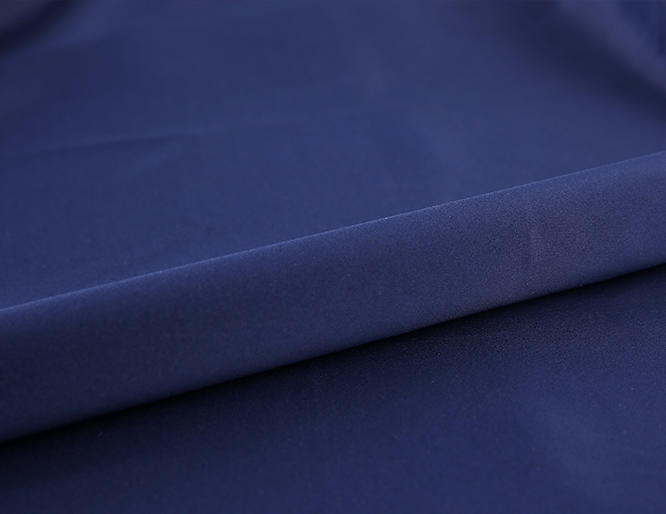Spandex Lining Fabric is the inner layer of a garment that adds stretch to a form-fitting piece of clothing. It’s often found in athletic apparel, like sports bras and shorts, as well as in lingerie. In addition to its elasticity, this type of lining is known for adding comfort, as it helps to keep clothing from riding up or shifting around while the wearer moves. The use of stretch lining is also common in garments that are designed to fit tightly against the body, such as yoga pants and dance costumes.
While some manufacturers produce spandex as a standalone product, it is more common to find this material woven into other textiles. This is because pure spandex can be quite expensive, especially when used to create incredibly stretchy or completely form-fitting garments. In these cases, it’s more cost-effective to use this material as a lining that’s attached to more durable materials, such as cotton or wool.
The most commonly used type of stretch lining is nylon, but there are a number of other options available as well. Among these, Bemberg cupro is an excellent choice. This lining is made from natural fibres and has a silky finish. It’s ideal for lining jackets and skirts made from wool or linen, as it will retain the breathable qualities of these fabrics and help to wick away moisture. It’s an eco-friendly alternative to traditional polyester lining, and it has a number of other benefits as well, including being anti-static and anti-cling.
To make spandex, a substance called macroglycol is mixed with diisocyanate monomer under specific heat and pressure conditions. This creates a substance known as a prepolymer, which is then used for the remainder of the production process. This prepolymer is treated with various diamines, which function as chain extenders. Then, the chain is reacted with diamine acid to produce the final product.
While this fabric is very popular, it does have some notable environmental impacts. For example, it’s estimated that 60 percent of the trash in U.S. waterways is composed of non-biodegradable textile fibers, and spandex makes up a substantial portion of this waste. In addition, when a spandex garment is washed, tiny fibers of this material are introduced into the waterways. This harms aquatic life and contributes to the giant trash islands that are growing in our oceans. To mitigate these effects, it’s important to wash this fabric carefully and only after it has been worn a few times. This will prevent the formation of harmful bacteria and prolong the lifespan of the fabric.



 English
English 中文简体
中文简体








